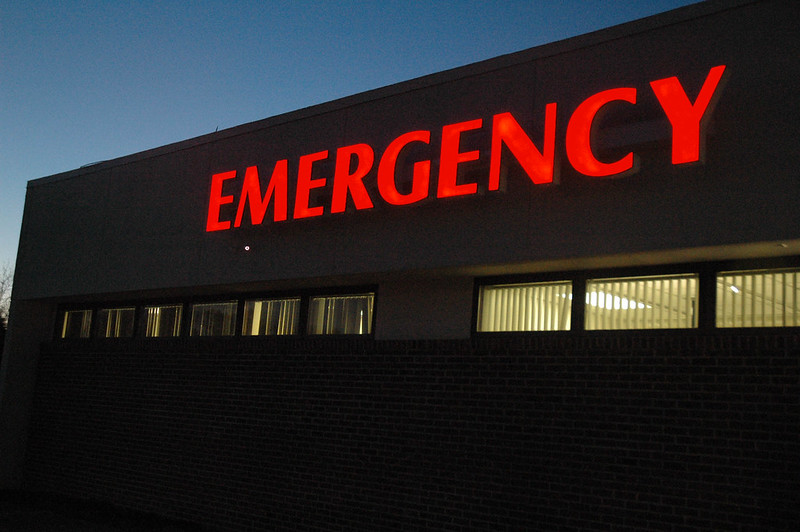
Adverse Reaction: How will the flood of private equity money into health care providers impact access to, cost and quality of care?
November 13, 2019
Investments by private equity firms in the health care industry have surged in recent years and continue to grow. In 2018, the value of private equity deals in health care reached a record-breaking $31 billion for 388 transactions. Globally, health care accounted for about 13% of all private equity buyout deals as of March 2019.
The surge in private equity investment has sparked concerns among medical professionals, patient advocates, and academics over quality of care, health system stability, jobs and human capital, regulatory oversight, and affordability.
Our new report, “Adverse Reaction: How will the flood of private equity money into health care providers impact access to, cost and quality of care?” surveys private equity investments in health care providers and takes a closer look at some of the issues these investments raise.
Summary:
- Private equity investment in the health care sector has in recent years reached record-breaking levels for number and value of acquisitions.
- Case studies of currently or recently private equity-owned companies highlight private equity behavior in the health care industry:

- Elder care and home health:
- Carlyle Group – HCR ManorCare
- Fillmore Capital – Golden Living Centers
- Hospital systems:
- Paladin Healthcare – Hahnemann Hospital
- Cerberus Capital Management – Steward Health Care
- Leonard Green & Partners – Prospect Medical Holdings
- Blue Mountain Capital – New LifeCare Hospitals
- Physician staffing and emergency services:
- Blackstone Group – Team Health Holdings

- KKR – Envision Healthcare
- KKR – Global Medical Response
- American Securities – Air Methods
- Blackstone Group – Team Health Holdings
- Behavioral health:
- Centerbridge Partners – Civitas Solutions
- Webster Equity Partners – BayMark Health Services
- The surge in private equity investment has sparked concerns among medical professionals, patient advocates, and academics over quality of care, health system stability, jobs and human capital, regulatory oversight, and affordability.
